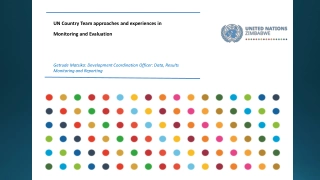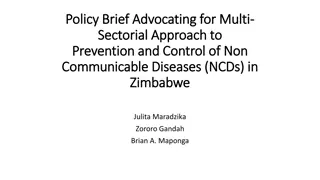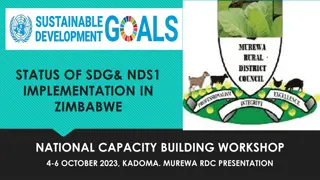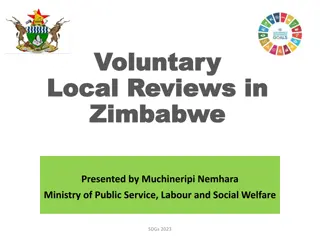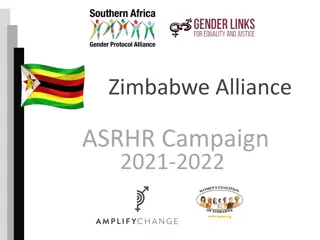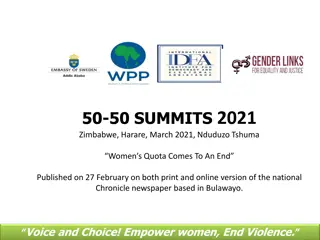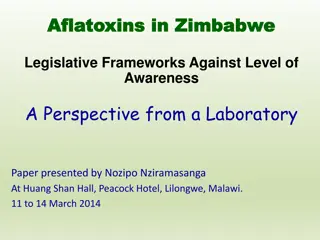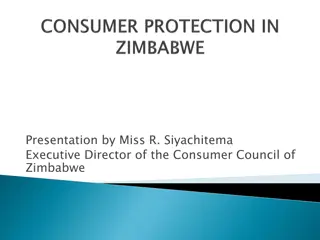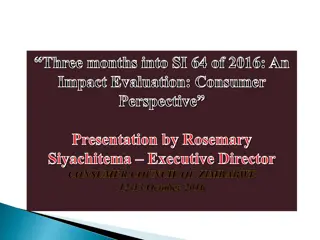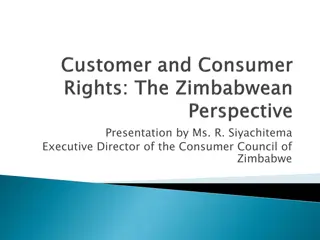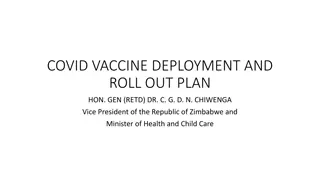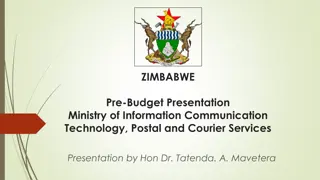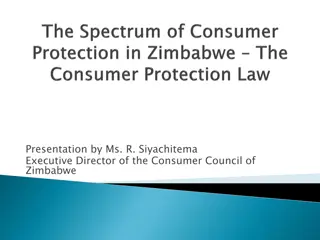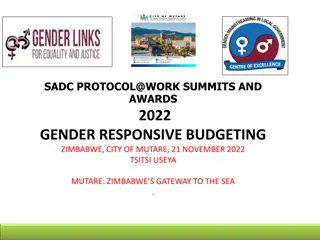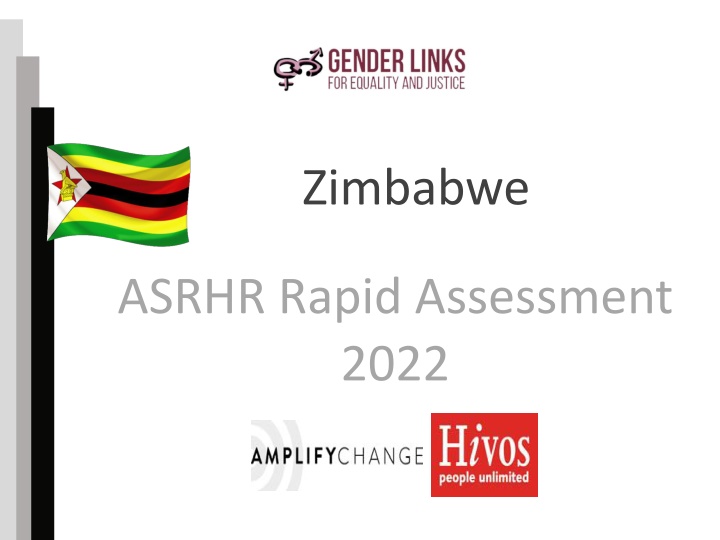
Zimbabwe Adolescents' Sexual and Reproductive Health Rapid Assessment 2022
Explore the findings of the Adolescents' Sexual and Reproductive Health Rapid Assessment conducted in Zimbabwe, focusing on objectives, sample demographics, accessibility, quality of care, and access to ASRHR services. Discover insights on youth experiences, health facility proximity, confidentiality, contraception access, menstrual health, and more.
Download Presentation

Please find below an Image/Link to download the presentation.
The content on the website is provided AS IS for your information and personal use only. It may not be sold, licensed, or shared on other websites without obtaining consent from the author. If you encounter any issues during the download, it is possible that the publisher has removed the file from their server.
You are allowed to download the files provided on this website for personal or commercial use, subject to the condition that they are used lawfully. All files are the property of their respective owners.
The content on the website is provided AS IS for your information and personal use only. It may not be sold, licensed, or shared on other websites without obtaining consent from the author.
E N D
Presentation Transcript
Zimbabwe ASRHR Rapid Assessment 2022
What this will cover Objectives Sample Accessibility Quality of care ASRHR services
Objectives ASRHR Rapid assessment undertaken in Botswana, Eswatini, Lesotho, Madagascar, Mauritius, South Africa, Zambia and Zimbabwe from November 2019 to December 2020. The research aims to strengthen youth-led efforts to promote ASRHR through gender and youth responsive local governance.
Sample Overall, the study included 13,395 young people between ages 10 and 19 (52% female and 48% male). In Zimbabwe, 2,998 youth participated in the survey (52% female and 48% male). Gender Links Zimbabwe conducted the study in thirteen Centres of Excellence for Gender in Local Government: Bindura Rural District Council (RDC), Bulawayo City, Gweru City, Harare City, Kadoma City, Makoni RDC, Masvingo City, Murehwa RDC, Mutare City, Mvurwi Town, Umguza RDC, Zibagwe RDC and Zvimba RDC.
Accessibility 68% of youth have a health facility within 10 kilometres of their home, lower than the regional average of 71%. These varied from 47% in Makoni RDC to 95% in Mvurwi Town. Youths in rural areas travel longer distances to access services compared to their urban counterparts. 63% (compared to 57% in the study) of youths said they could access facilities after school and over three quarters (77%) accessed services during weekends. On average councils charge USD$3 per visit, a dollar more than is charged in other countries.
Quality of Care 84% of youths said they were treated confidentially compared to 89% in the study. 74% of young people reported that they received services in a private space. 82% of youths reported being treated with respect compared to 89% in the regional study. 73% of youths received appropriate health information (compared to 74% in the study). 72% of youths reported the presence of peer counsellors. 68% said health workers spent sufficient time with them. Over half (54%) of youths indicated that they received services without either a parent or guardian present compared to 58% in the regional study.
ASRHR Services Access to Contraception: Less than one third (27%) (compared to 31% in the region) of youths requested contraceptives. Youths in Zibagwe RDC (13%), Murehwa RDC (15%), Zvimba RDC (15%) and Harare City Council (18%) seldom asked for contraceptives. Teenage pregnancies: 27% of young women surveyed requested a pregnancy test compared to 29% in the study. This varied from 47% in Zvimba RDC to 11% in Bulawayo City. Over half (52%) of young women in Zimbabwe received a pregnancy test upon requesting one. Menstrual health: Zimbabwe removed VAT on sanitary pads. Despite this, the cost of sanitary ware remains beyond the reach of most women and girls. 29% of young women compared to 14% in the study asked for pads and over half (65%) (compared to 64% in the study) received pads HIV and AIDs, and STI s: 38% of the sample requested an HIV test, compared to 45% in the survey overall. 50% of young men (compared to 40% in the study) requested male circumcision with, 90% (compared to 87% in the study) receiving the service. Male circumcision contributes to the reduction of HIV and AIDS transmission.

